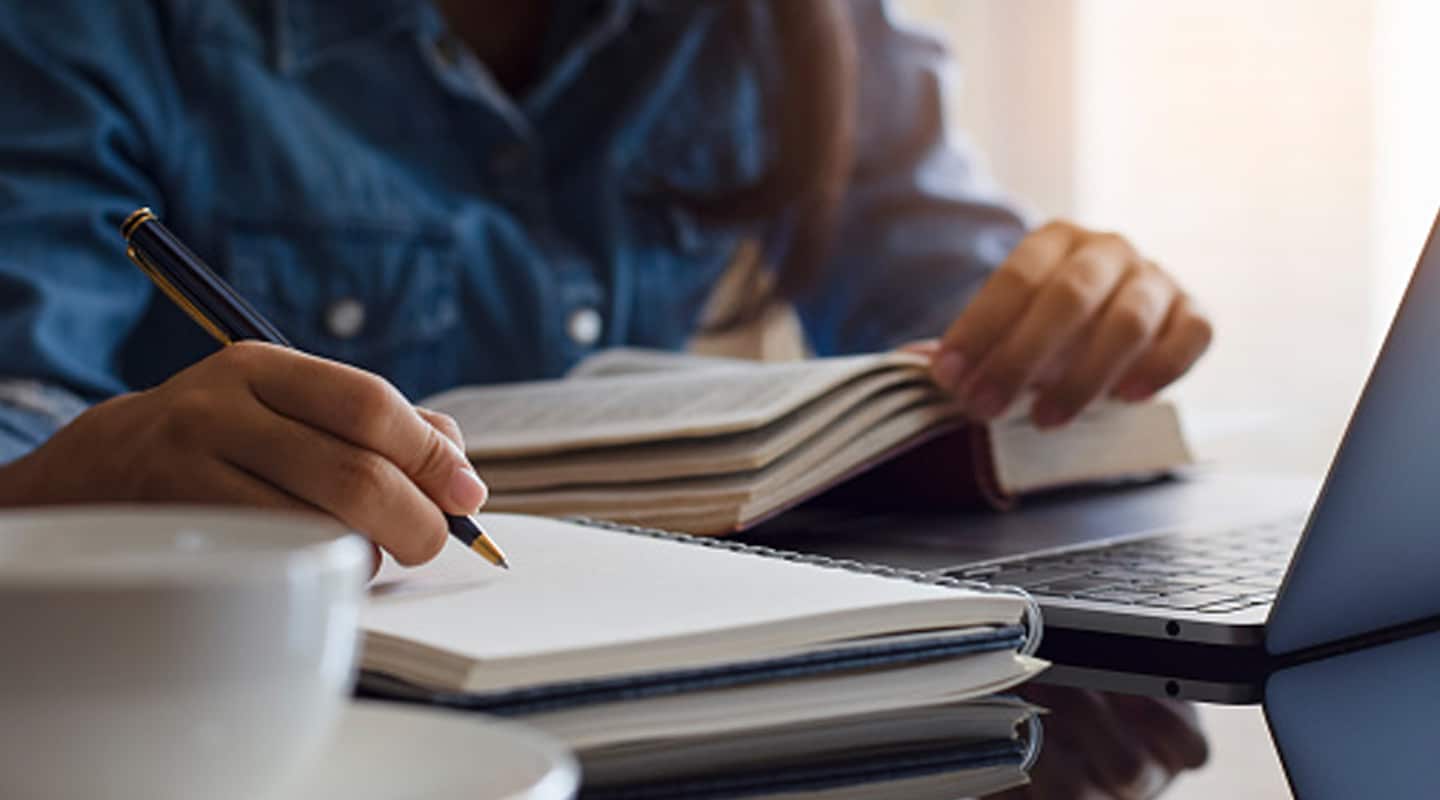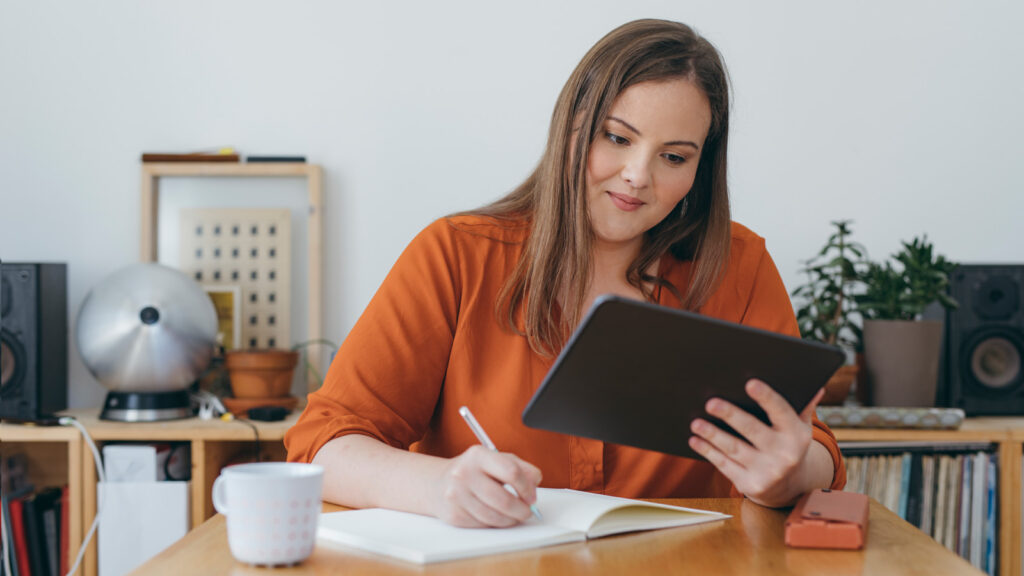In this installment of our Study Buddy series, we’re taking a look at how to get more bang for your books.
Even if you love to learn, there’s no point in studying more than you need to. In fact, there’s plenty of evidence that allotting some breathing room between study sessions will actually help you retain information. But there are ways you can study more efficiently so when you take those hard-earned breaks, you’re taking the material with you.
Some of these techniques will help you learn better by unlearning study strategies for students that are more myth than method. Others will require a small amount of setup and discipline. And all of them will pay off in better comprehension and retention that will help you get the most out of your education.
Below are three adjustments you can make to your current study habits to level up your study “A Game” (double meaning intended). Study hard, but not harder than you have to. Here’s how:
Results-Oriented Reading: The SQ3R Method
Ever read a sentence, a page—even a whole chapter—of your textbook, only to realize you don’t remember any of it? This usually happens because your mind starts to wander from the page and off on its own adventure. This isn’t your fault. Nobody has an endless attention span, and textbooks generally aren’t as riveting as, say, that Netflix show you’ve been binging.
You’ve already learned to read. But how do you read to learn? How can you lock in on your assigned reading and lock down the information? Enter a technique called SQ3R (Survey, Question, Read, Review, Recite) that can help you absorb and retain. Here’s how it works:
- S(urvey): This means scanning the text for the big ideas and overall context. Read the first paragraph, the first and last sentences of each subsequent paragraph, and the last paragraph or conclusion. As you do, read any headlines and spend a moment or two with any illustrations.
- Q(uestion): Now write down questions based on what you’ve just skimmed. It might help to take any headlines and reword them as questions. This is a way to reframe the information in a different way and better understand the objective of the content. What questions are being asked? What questions does this text seek to answer? Why?
- R(ead): Now read the text fully. You’ll have an easier time absorbing it now that you’ve got the lay of the land. See how it answers the questions you’ve written down. This is also a good time to take notes and highlight.
- R(eview): Go back through your questions and make sure you’ve found answers to all of them. Do you see the big picture? Do the pieces add up? Do you feel like you understand the material? If not, go back to your notes and fill in the gaps.
- R(ecite): Now talk yourself through it, out loud, in your own words. This will imprint and reinforce the information you’ve absorbed visually in a different way, which can help you with retention and personalizing your understanding.
It sounds like a lot of steps, but it’s much more efficient than reading and re-reading text with no strategy, and much more effective at driving home an actual comprehension and the intention of the text.
Multitasking vs. Monotasking
It’s tempting to think you can tackle more than one thing at a time. There’s one problem: It’s biologically impossible. We all desperately want to believe in the myth of the multitasker, but the inconvenient truth is if you’re jumping back and forth between work, you’re being much less efficient than if you hone in on one task. You’ll also make more mistakes.
So monotask: Pick one thing and, even if it’s just for a short period of time, focus on just that. Then move to another. Abandon the myth. Embrace the science. Master the art of monotasking.
Okay, okay, there are exceptions. If you’re absolutely addicted to two-for-one productivity, take a shower or a walk. Both are proven to encourage creative thought, so next time you’ve got writer’s block on that essay or are struggling with a solution, you can think it through while you get clean or get some exercise.
Optimize Your Study Setup
One way to save time and stay focused is to make sure you have everything you need within arm’s reach before you start studying. Make sure your laptop is plugged in so you won’t have to go cord hunting later. Place a glass of water (or your study beverage of choice) on your desk, within reach but out of spill range. Keep a hoodie or a sweater on the back of your chair so you can layer up or down without getting up. And organize any study materials you’ll be using.
And at the end of each study session, do a little study space housekeeping. Organize your notes and materials. Put away anything you’re done with, and place whatever you’ll want to return to in an accessible spot. Leaving your study space in order ensures the next time you sit down, you’ll be able to dive right into your next subject instead of wasting your precious motivation clearing out and cleaning up.
If you really want to create the optimal study space, check out our other Study Buddy post, Good Study Hygiene, for tips on how to set up, set the mood, and create your own little study cockpit right at home.
Ready for a Break?
If you followed the study tips above, you’ve earned one! And you can enjoy a little leisure knowing you’ve improved your efficiency and focus. Particularly when midterms and exams close in, you’ll be glad you’ve got your skills, habits, and space queued up for maximum study productivity.
Keep up with our blog for more study tips for students!
WCU provides career guidance and assistance but cannot guarantee employment. The views and opinions expressed are those of the individuals and do not necessarily reflect the beliefs or position of the school or of any instructor or student.



